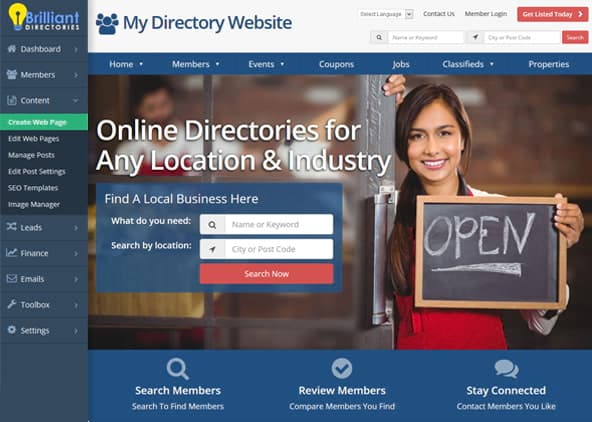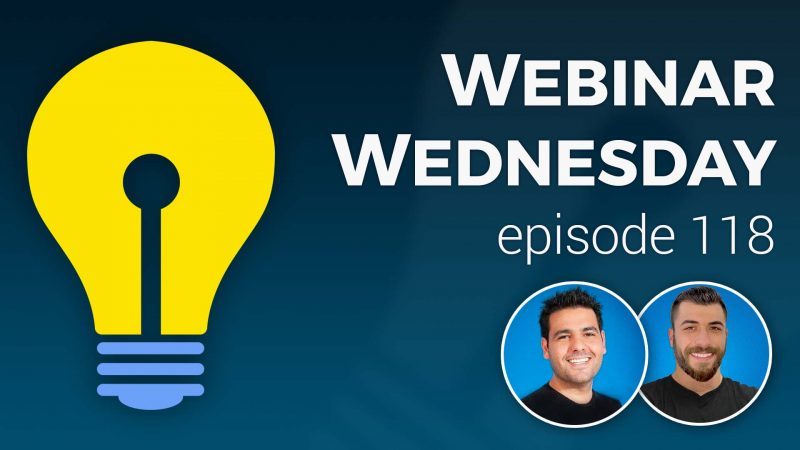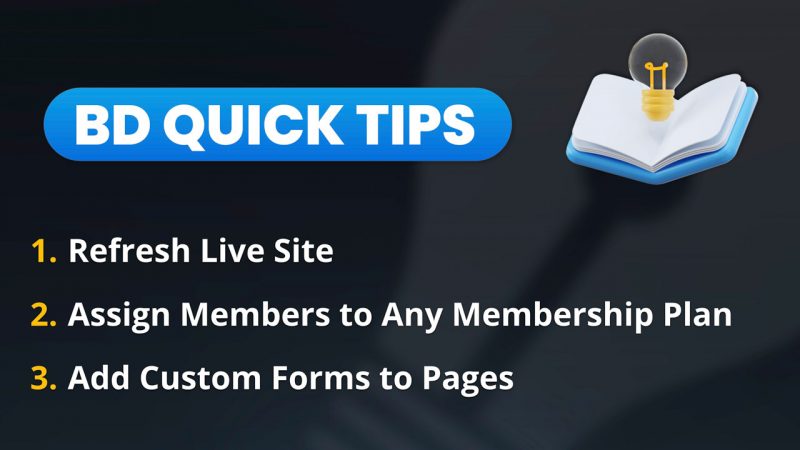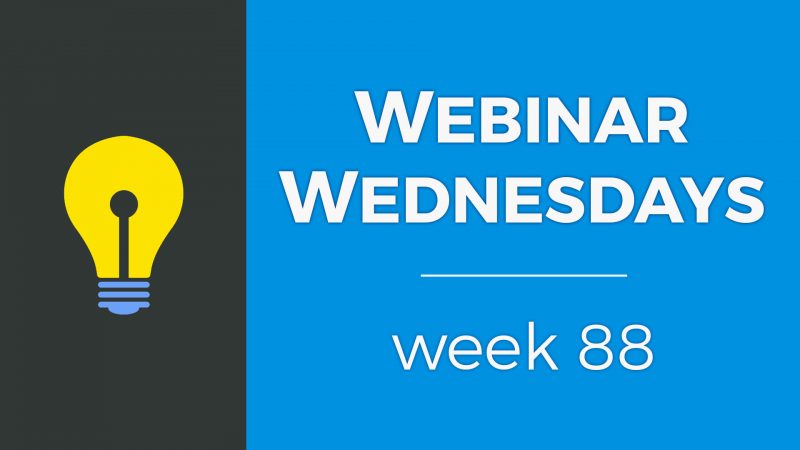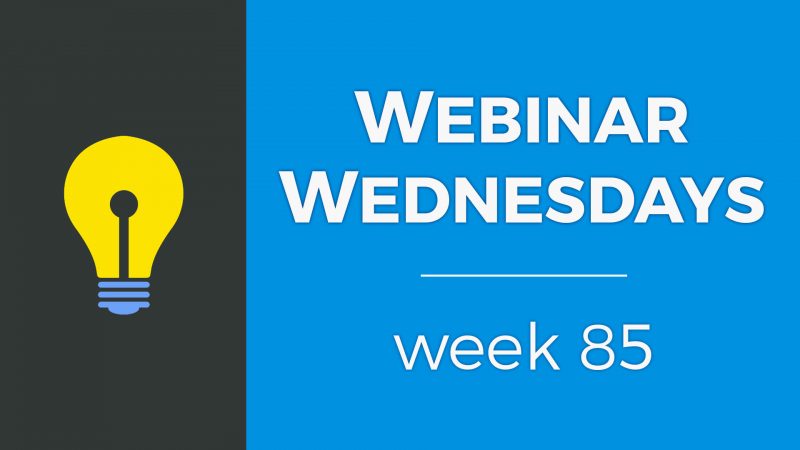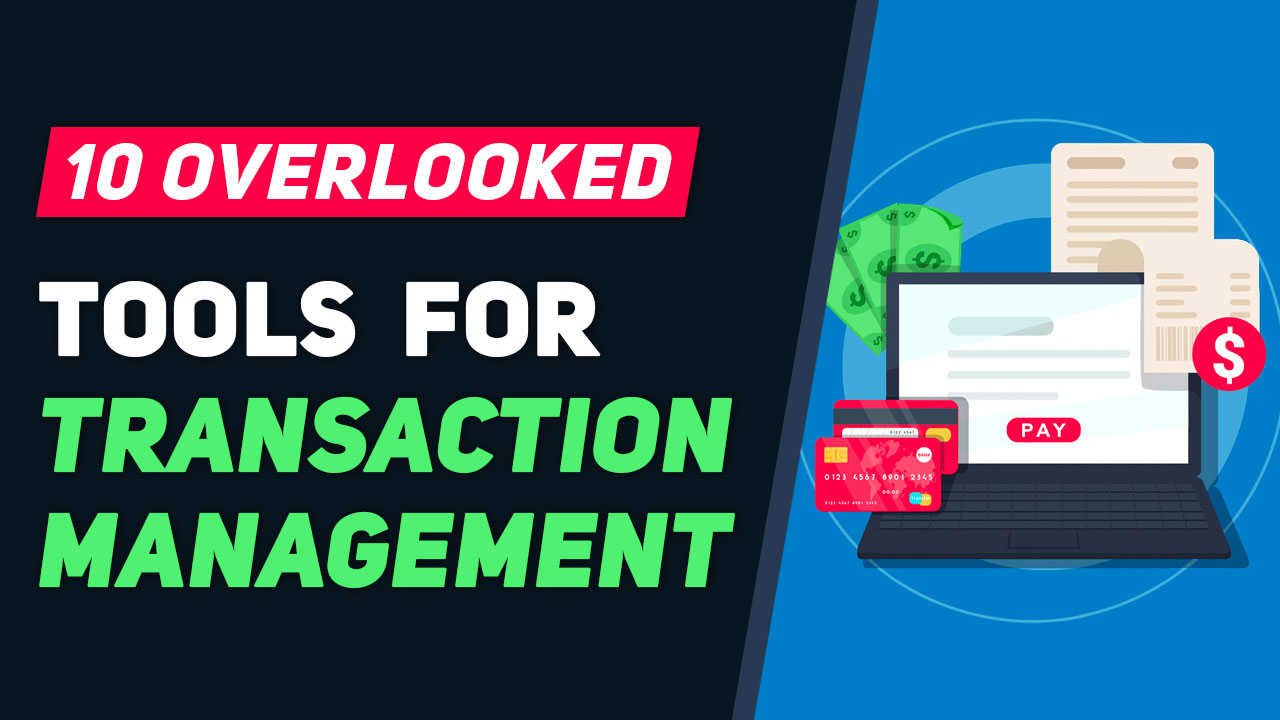
This Tip of the Week covers topics including:
- 0:28 – Subscription Management Made Easy
- 1:28 – 1) Sort Members by Most Revenue
- 3:02 – 2) Assign a Member to a Membership Plan without Taking Payment
- 5:22 – 3) Edit a Member’s Active Paid Subscription
- 8:26 – 4) Manually Start a New Subscription for a Member
- 9:37 – 5) ‘Start Billing On’ Option
- 10:49 – 6) Income Reports
- 14:28 – 7) Attempt to Collect Past Due Payment
- 16:46 – 8) Mark Invoice as Paid/Unpaid
- 18:57 – 9) Billing Reminder Emails Add-On
- 22:14 – 10) Smart List for Past Due Members (#9 alt.)
This is a segment from Webinar Wednesday 118, recorded live on July 28, 2021.

 AI-Generated Transcript – Please excuse any inaccuracies
AI-Generated Transcript – Please excuse any inaccuracies
Whitelisting Iframes
- To protect sites from potentially malicious iframe embeds, the system only allows embedding of YouTube videos, Vimeo videos, or iframe links from Facebook by default, but does not allow other sources without Whitelist (00:00:16).
- The system can be configured to whitelist specific domains, allowing iframes from those domains to be embedded into posts, and examples of this include whitelisting a podcast or a SlideShare presentation (00:00:42).
- Embedding iframes from unwhitelisted domains will result in the embed being rejected, and to whitelist a domain, the domain name must be added to the allowed iframe sources list in the advanced settings (00:03:09).
- The process of whitelisting a domain involves copying the iframe embed code, identifying the domain to be whitelisted, and adding it to the allowed iframe sources list, separated by commas (00:03:16).
- Once a domain is whitelisted, iframes from that domain can be embedded into posts without being rejected, and the embed will be saved and displayed on the live site (00:03:52).
- The allowed iframe sources list can include multiple domains, such as SoundCloud, YouTube, Vimeo, Facebook, and custom domains like embed.radiopublic.com and radiopublic.com (00:03:14).
- The Whitelist feature provides a way to control which domains are allowed to embed iframes, helping to protect the site from potentially malicious content (00:02:35).
Embedding Content with Iframes
- Embedding iframes on websites and into posts can be a useful way to add content from other sources, such as podcasts or magazines, and can be done using the iframe code provided by the source, like SoundCloud, which can be used to create blog posts (00:04:04).
- When embedding content from other sources, it’s essential to check if there’s an embed code that’s meant to be shared, and it’s perfectly fine to embed other people’s podcasts on a site, especially if there’s an embed code available (00:04:22).
- To embed content, such as a podcast, on a site, users can write a few words about why they like the podcast and why their members would be interested in it, and instantly have content for their site, with the podcast doing the heavy lifting (00:04:33).
Embedding PDFs and Slideshows
- Embedding pdf magazines or slideshows from platforms like SlideShare can also be done using the iframe code, and users should look for the iframe tags and copy the code between them, ignoring any extra promotional links or code (00:05:27).
- When embedding iframes, users may need to Whitelist the domain of the source, such as slideshare.net, to allow the iframe to display, which is a good Rogue security software to prevent malicious content (00:06:53).
- To whitelist a domain, users can add it to their allowed iframe sources, and then refresh the page to apply the changes, after which they can embed the iframe code and save the changes to display the content (00:07:02).
- Once the iframe is embedded and the domain is whitelisted, the content will be displayed on the site, and users can view the post to see the embedded content, such as a slideshow or podcast, which can be a useful way to add variety to a site’s content (00:07:39).
Advanced Embedding and Styling
- Embedding iframes from different sources is possible, allowing for the inclusion of content from previously unallowed sites, and this can be taken a step further by incorporating design aesthetics, such as creating a table with embedded content and accompanying text (00:07:49).
- The table function can be utilized to create a column for embedding content, such as a podcast, and another column for discussing the podcast, with the ability to adjust the layout, font size, and other design elements (00:08:01).
- The embedded iframes can be styled to fit the website’s design, including adjusting the width, font size, and segmentation into different cells, and can also include calls to action, such as subscribing to a podcast (00:08:49).
- To embed iframes, the domain must be added to the allowed list, and when copying embed code, only the iframe part is needed, with any extra code being removed (00:09:18).
- This method allows for the quick publication of a large amount of content, including videos, podcasts, and magazine-style slideshows, which can be embedded and accompanied by articles and discussions (00:09:35).

